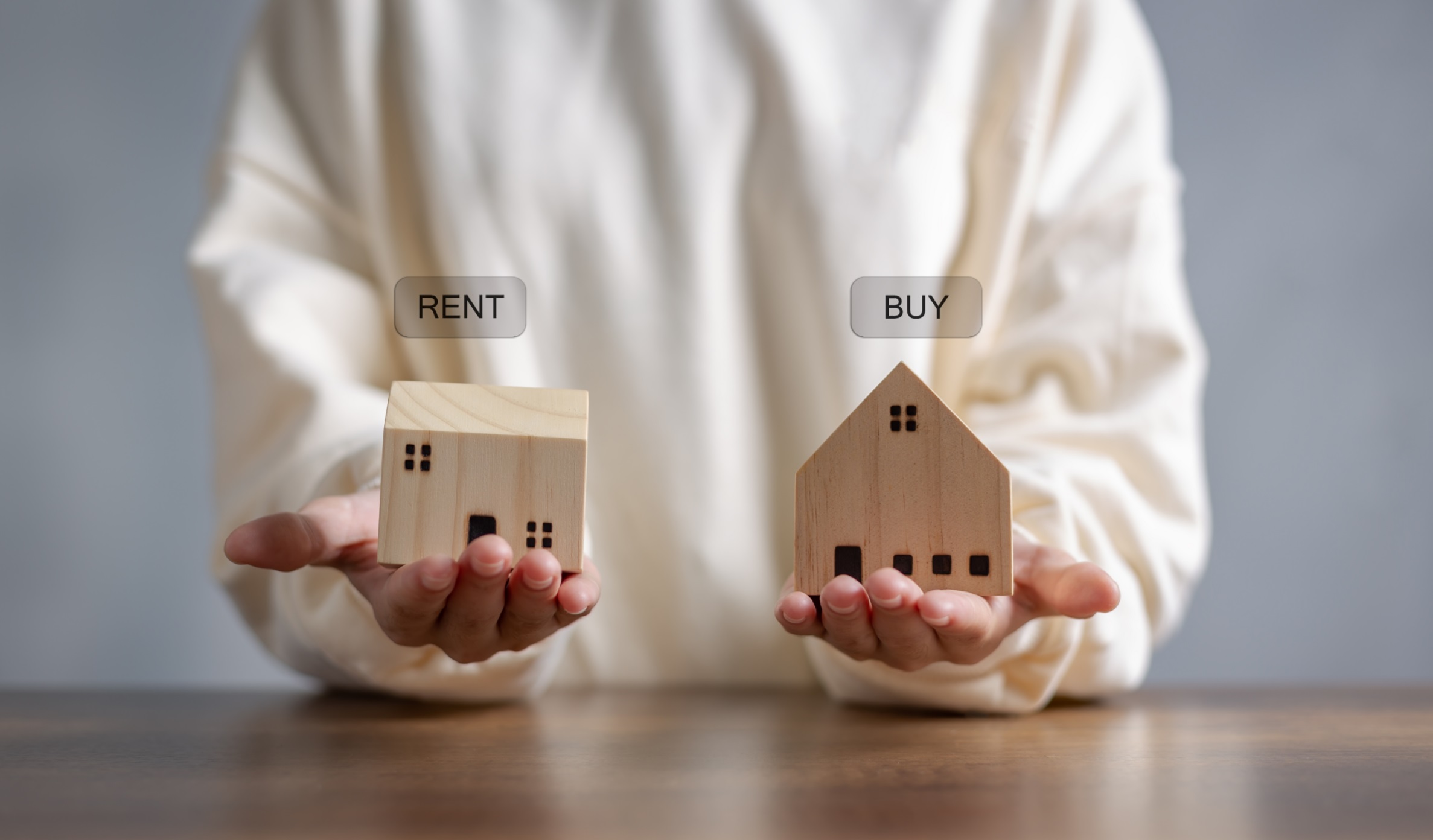
Most investors associate fix and flip projects with a single goal: renovate, sell, and pocket the profit. While this approach works in many cases, it’s not the only path forward. Depending on market conditions, property type, and your financial goals, there are several exit strategies that may offer better returns or reduce risk. Understanding these options allows you to stay flexible, make smarter decisions, and build a more resilient portfolio.
In some markets, rental demand outpaces sales activity. Turning your flip into a rental can provide steady income and long-term appreciation.
The BRRRR method (Buy, Rehab, Rent, Refinance, Repeat) blends the benefits of flipping and holding by using leverage to build equity and scale faster.
There is no one-size-fits-all strategy, and the best exit depends on your property, location, timeline, and financial situation. In some cases, traditional sales still provide the cleanest and quickest profit. In others, you may find that holding offers greater wealth-building potential. The key is to evaluate each project individually. Consider market data, cash flow projections, and your short-term liquidity needs. By remaining open to multiple outcomes, you can make decisions that align with both the deal and your long-term investment goals.
Fix and flip investing is more than just buying low and selling high. Strategic investors understand that each project presents multiple paths to profit. Whether you sell, rent, refinance, or combine methods, choosing the right exit strategy can make a major difference in your results. Flexibility is your greatest asset. With a wider view of what’s possible, you can optimize returns, reduce risks, and build a smarter portfolio over time.